Explore The Ranganathittu Bird Sanctuary In Karnataka For A Nature Retreat In 2026
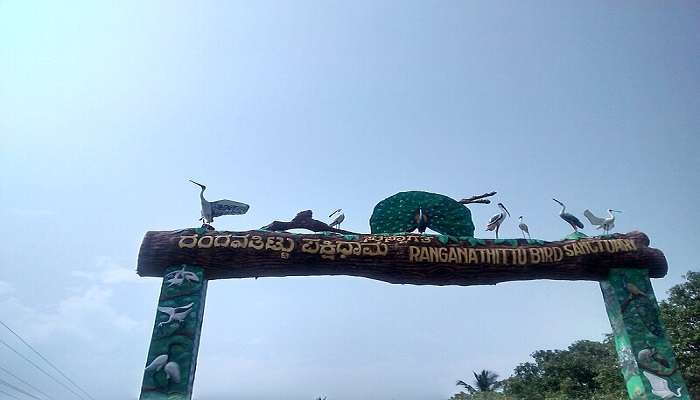
Ranganathittu Bird Sanctuary, where the animals also enjoy the charming bird songs! Situated on the peaceful shores of the River Kaveri, Ranganathittu Bird Sanctuary is more than just a home for birds – it is a must-see spot for those discovering Mysore. This Sanctuary in Karnataka offers a delightful retreat into nature with its dense bamboo groves, boat rides, and thriving migratory bird population. So why should you make a beeline for this avian paradise? Besides being a birdwatcher’s dream, it is a hotspot for wildlife enthusiasts and nature lovers. So, if you are in Mysore, skipping this sanctuary would be like a fish out of water—just plain wrong!
Exploring Ranganathittu Bird Sanctuary
Greetings, travellers, to your definitive portable handbook for Ranganathittu Bird Sanctuary—a lesser-known treasure ready to captivate you completely! Prepare yourself to explore a realm of magnificent birds and abundant vegetation, all situated next to the tranquil shores of the River Cauvery. There are plenty of adventures to be had here, from bird-filled boat tours to visits to nearby historic forts and temples.
1. Natural Wonders of Ranganathittu Bird Sanctuary

Located on the peaceful shores of the River Cauvery, Ranganathittu Bird Sanctuary is a well-kept secret of the Southern Deccan Plateau. Covering 40 acres and six small islands, this reserve was founded in 1940 with the help of famous bird expert Dr. Salim Ali, who identified its abundant bird variety. Ranganathittu is a designated Important Bird and Biodiversity Area (IBA) housing more than 1% of the world’s painted stork, spot-billed pelican, and black-headed ibis populations. Guests are welcomed by abundant bamboo forests and educational signs that describe the sanctuary’s beautiful bird population. Apart from its ecological importance, Ranganathittu is home to a thriving community of mugger crocodiles, smooth-coated otters, and hump-backed mahseer, attracting wildlife lovers and nature tourists.
Also Read: Omkareshwar Temple Coorg
2. Flora and Fauna at Ranganathittu Bird Sanctuary
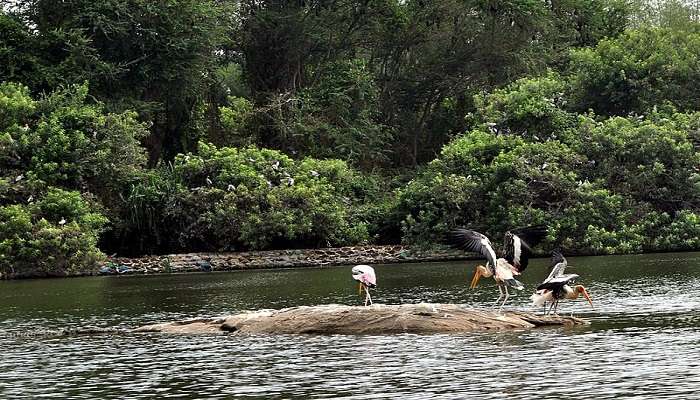
Ranganathittu Bird Sanctuary is a lively natural refuge showcasing a variety of plants and animals. The sanctuary’s abundant vegetation includes deciduous forests, bamboo groves, and diverse trees like figs, jamun, karanji, and eucalyptus. This lush surroundings offer an ideal living space for numerous bird species. Tourists can be amazed by the diverse range of migratory birds that journey from Siberia, Australia, and North America. The sanctuary is home to a variety of birds, including shag, white ibis, little egret, open-billed stork, spoonbills, painted stork, river tern, darter, peafowl, pond heron, wild duck, great stone plover, kingfisher, and lesser whistling teal. The location is a haven for bird enthusiasts due to the presence of big cormorants, herons, and streak-throated swallows.
3. Boating at Ranganathittu Bird Sanctuary
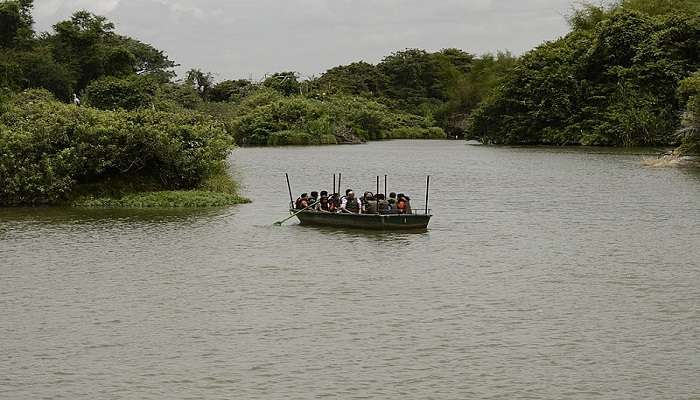
Visitors must not miss the opportunity to go boating at Ranganathittu Bird Sanctuary, as it is a must-do activity when in this Bird Sanctuary in the heart of nature. Led by skilled guides and rowers, the boat excursions offer stunning scenery and the opportunity to observe numerous exquisite bird species. Furthermore, guests may also see crocodiles, bats, and otters on the river and surrounding islands. The Kaveri River’s banks, known for their popularity as picnic spots, enhance the sanctuary’s appeal. Boating fees are budget-friendly, ensuring accessibility for all. The optimal time to go is early in the day, providing a peaceful and uncrowded visit, increasing the chance to see the area’s exceptional natural beauty, and creating special memories.
Related Post: Hotels in Hunsur
4. Visiting Ranganathittu Bird Sanctuary
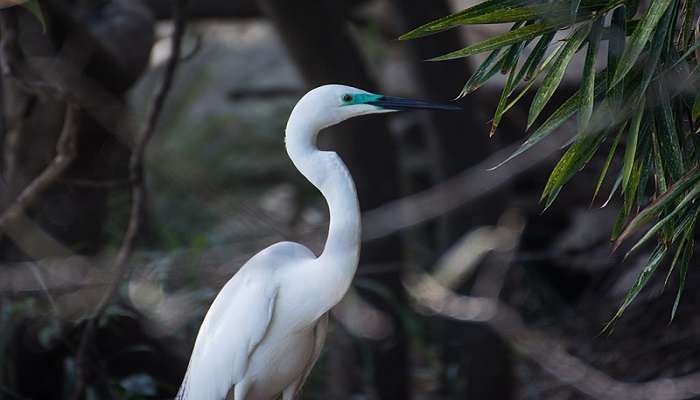
Ranganathittu Bird Sanctuary is a haven for bird enthusiasts and nature lovers. The best time to visit is between June and November, coinciding with the nesting season, offering visitors a spectacular view of various bird species. The sanctuary, open from 9:00 am to 6:00 pm, charges a nominal entry fee of Rs. 50 for Indians and Rs. 300 for foreign visitors. It is easy to reach Ranganathittu Bird Sanctuary by road, making it a convenient spot for nature lovers. Situated only 19 km from Mysore, tourists can rent a taxi or utilize the frequent government or private buses between Mysore and Srirangapatna. You can take an auto-rickshaw directly from Srirangapatna to the sanctuary. If you are travelling by train, the closest station is Srirangapatna. Moreover, the sanctuary is approximately 129 km away from Bangalore.
Places Near Ranganathittu Bird Sanctuary
There are many places to visit near the Ranganathittu Bird Sanctuary. Here is the curated list:
1. Srirangapatna Fort

Srirangapatna Fort also recognized as Tipu Sultan Fort, is an important historical landmark in India. Originally constructed in 1454 by Timmanna Nayaka, this Indo-Islamic fort was strengthened by Tipu Sultan with the help of French architects. It is famous for its double-wall defence system and has four main entrances: Delhi, Bangalore, Mysore, and Water and Elephant Gates. Located on a river island created by the Kaveri, the fort contains the Sri Ranganathaswamy Temple, a mosque, and prisons where British troops were held captive. Guests have the opportunity to investigate the ruins of Tipu Sultan’s home, view the Chaturvimsati pillars depicting 24 variations of Vishnu, and experience an engaging audio and visual presentation detailing the fortress’s diverse past, making it one of the best places to visit in Mysore.
Related Post: Karnataka Wildlife Sanctuary
6. Colonel Bailey’s Dungeon
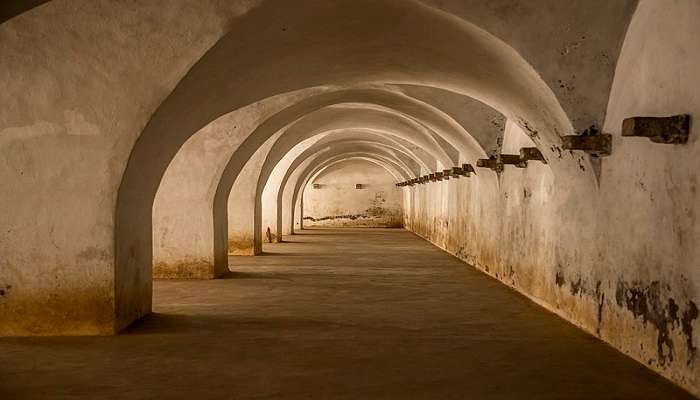
Colonel Bailey’s Dungeon, situated close to the Ranganathaswamy Temple in Srirangapatna, is an intriguing historical spot utilized by Tipu Sultan for confining prisoners of war. This rectangular building, approximately 30×15 meters, has a short arched ceiling and stone slabs with openings on the walls, possibly for restraining prisoners. The dungeon, named after Colonel Bailey, who was briefly imprisoned there, is a stark reminder of the region’s turbulent history. Located only 3.5 km away from Ranganathittu Bird Sanctuary it as an essential stop around the Bird Sanctuary and near other historical sites such as Srirangapatna Fort and Gumbaz, the dungeon is a recommended stop for history lovers in the vicinity.
7. Sri Ranganathaswamy Temple
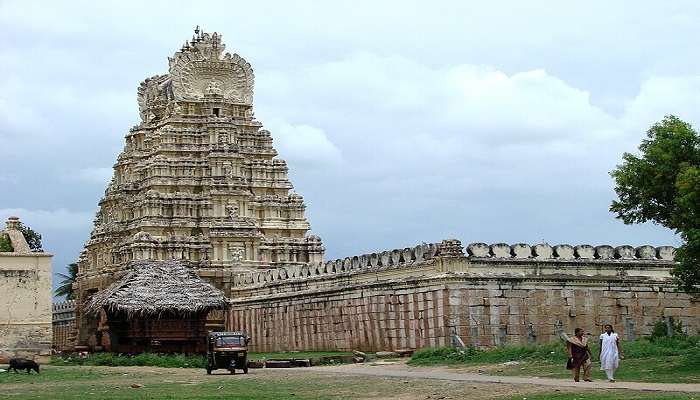
The temple in Srirangapatna, known as Sri Ranganathaswamy Temple, is a sacred Hindu temple devoted to Lord Vishnu as Ranganatha. Situated within the Srirangapatna Fort and next to the Kaveri River, positioning it as a top attraction close to the Bird Sanctuary, this historic temple displays detailed Hoysala architectural design featuring intricately carved columns illustrating 24 manifestations of Lord Vishnu. The temple has history can be traced back to the year 817 A.D., with important contributions from the Ganga and Vijayanagara dynasties. The biggest idol of Lord Vishnu, who is reclining on the serpent Adisesha, is the main deity of the temple, Ranganatha. Tourists are attracted to the tranquil atmosphere and abundant historical and spiritual importance of the temple.
You May Also Like To Read: Mandaragiri Hills
Hope you enjoyed reading this Ranganathittu Bird Sanctuary travel guide. Yet, the words may not do justice to this sanctuary’s splendour. It’s a place that needs to be seen and experienced, deserving all your attention. Book your trip to Karnataka and explore the beauty of this bird sanctuary.
For our editorial codes of conduct and copyright disclaimer, please click here.
Cover Image Credit: Mallikarjunasj for Wikimedia Commons
Frequently Asked Questions About Ranganathittu Bird Sanctuary
What is the ideal time to go to Ranganathittu Bird Sanctuary?
June to November is the ideal period to visit Ranganathittu Bird Sanctuary. Throughout this time, the sanctuary is filled with migratory birds coming to nest, offering a stunning display of different species in their natural environment.
What is Ranganathittu Bird Sanctuary a must visit in Karnataka?
Ranganathittu Bird Sanctuary is well known for its diverse wildlife. It is classified as an Important Bird and Biodiversity Area (IBA). More than 1% of the global painted stork, spot-billed pelican, and black-headed ibis populations reside in this location. The sanctuary is home to a vibrant population of mugger crocodiles, smooth-coated otters, and hump-backed mahseer, establishing its importance as an ecological centre.
What is the total number of birds present at Ranganathittu?
Ranganathittu Bird Sanctuary houses more than 200 different types of birds. The sanctuary is a bird watchers' paradise because it draws in numerous migratory birds from places such as Siberia, Australia, and North America.
What is the best way to get to Ranganathittu Bird Sanctuary?
Ranganathittu is situated 19 kilometres away from Mysore. Tourists have the option to access the sanctuary by hiring a cab, opting for an auto-rickshaw from Srirangapatna, or utilizing regular bus services from Mysore to Srirangapatna.
When does Ranganathittu Bird Sanctuary open and what is the admission cost?
The sanctuary is open from 9:00 AM to 6:00 PM every day. The cost of admission is Rs. 50 for Indian nationals and Rs. 300 for foreign tourists. Extra fees are applicable for parking and boating.
People Also Read:
Sultanpur Bird Sanctuary Wadhvana Bird Sanctuary Chilika Lake Bird Sanctuary

Passionate Marketing Student with a flair for storytelling, eagerly embarking on a journey within the vibrant world of travel. Excited to merge analytical acumen with creative skills to elevate the editorial landscape of the travel industry.











